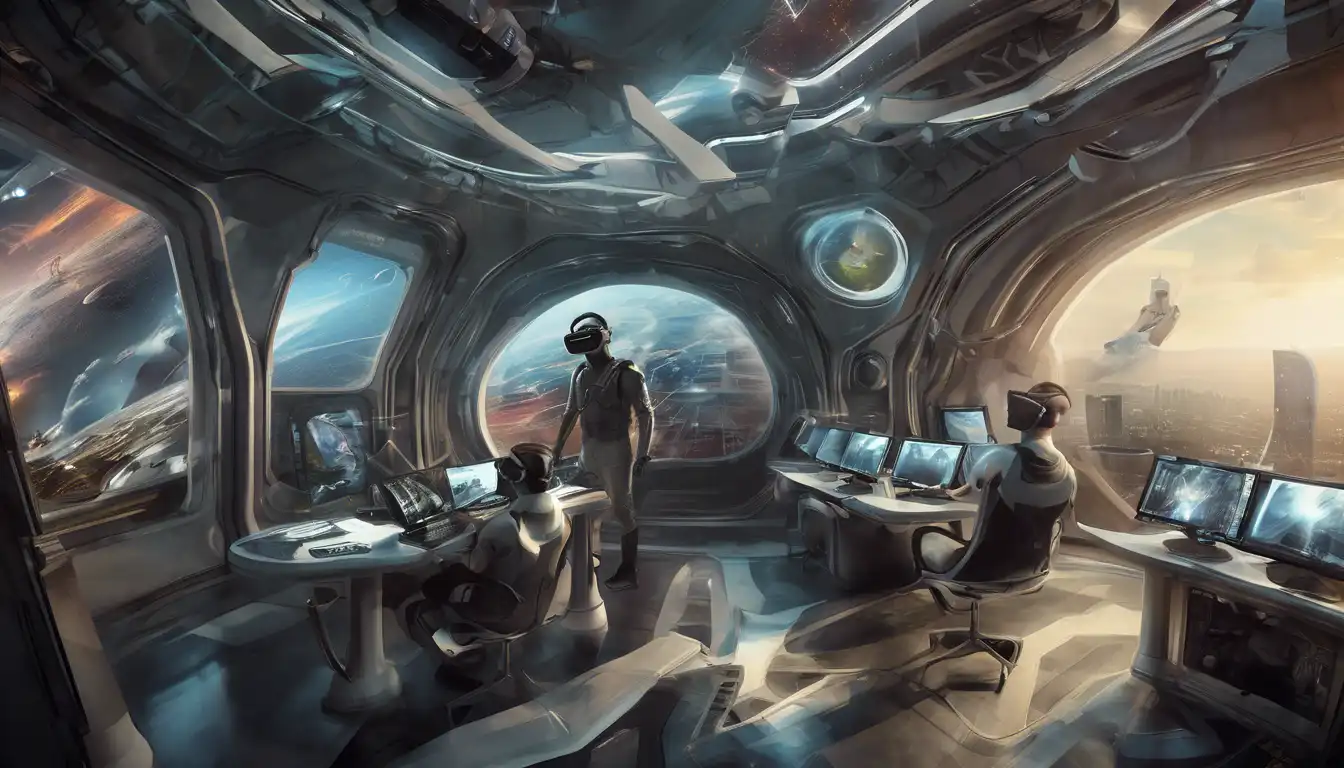Introduction to Virtual Reality
Virtual Reality (VR) is rapidly becoming one of the most exciting and transformative technologies in the digital age. By creating immersive, interactive environments, VR offers unparalleled opportunities for entertainment, education, and enterprise. This article delves into the current state of VR technology, its applications, and what the future holds for this groundbreaking innovation.
The Evolution of Virtual Reality
From its early beginnings in the 1960s to the sophisticated systems available today, VR has undergone a remarkable evolution. Initially developed for military and aviation training, VR has now permeated various sectors, including healthcare, real estate, and gaming. The advent of affordable VR headsets has democratized access to this technology, making it a staple in households and businesses alike.
Applications of Virtual Reality
VR's applications are as diverse as they are impactful. In the realm of education, VR can transport students to historical sites or simulate complex scientific phenomena. In healthcare, it's used for surgical training and patient rehabilitation. The entertainment industry, particularly gaming, has embraced VR to offer immersive experiences that were once the stuff of science fiction.
- Education: Virtual field trips and interactive learning modules.
- Healthcare: Surgical simulations and therapy for PTSD.
- Real Estate: Virtual property tours.
- Gaming: Immersive gameplay and virtual worlds.
The Future of Virtual Reality
As technology advances, the potential for VR expands. With the integration of artificial intelligence and the Internet of Things, VR is set to become even more interactive and personalized. The development of haptic feedback suits and omnidirectional treadmills will further enhance the sensory experience, making virtual environments indistinguishable from reality.
Moreover, the rise of digital transformation initiatives across industries underscores the growing importance of VR in shaping future business models and consumer experiences. As we stand on the brink of this new frontier, the possibilities are limitless.
Conclusion
Virtual Reality is not just a technological novelty; it's a tool that has the power to revolutionize how we live, learn, and work. By bridging the gap between the digital and physical worlds, VR opens up a realm of possibilities that were once unimaginable. As we continue to explore and innovate, VR will undoubtedly play a pivotal role in the next wave of technological advancement.
